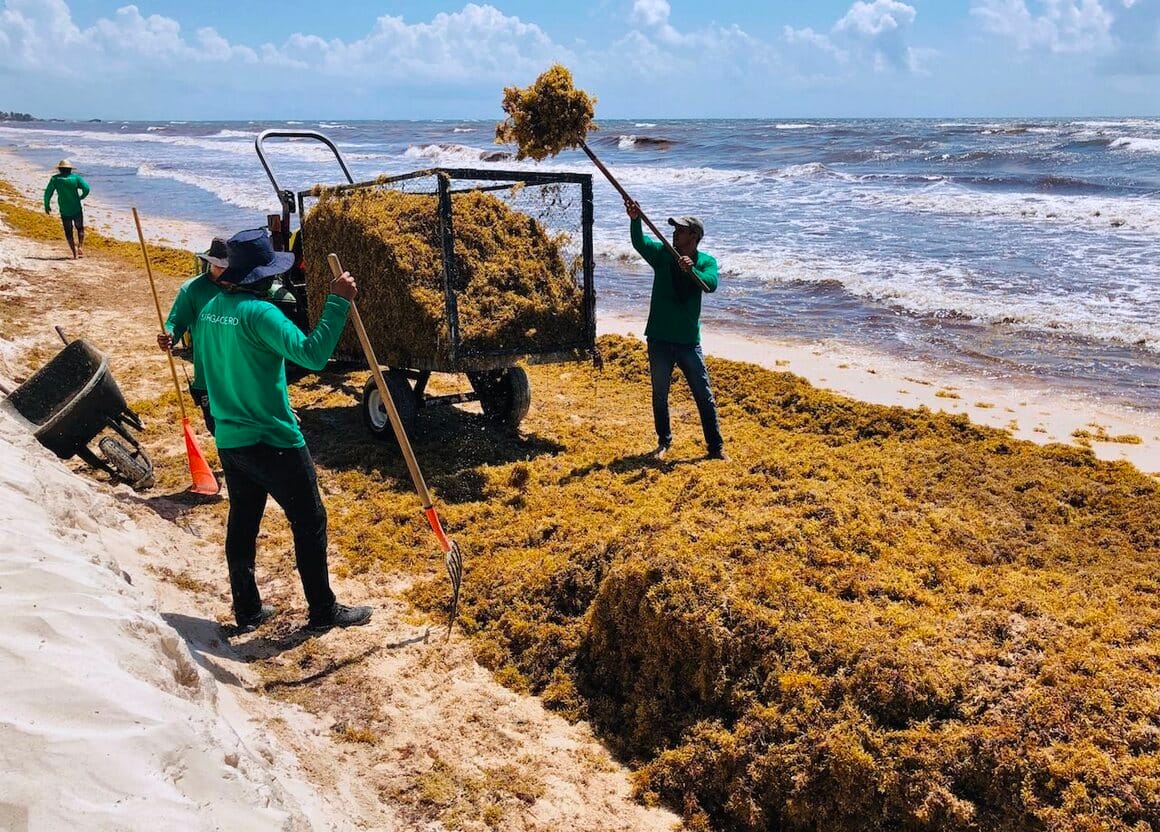
CLICK HERE TO JOIN OUR WHAT’S APP GROUP
Decline in Sargassum Blooms Brings Relief for Antigua and Barbuda
CLICK HERE TO JOIN OUR WHAT’S APP GROUP
Antigua and Barbuda is seeing welcome relief from heavy sargassum influxes, with satellite images showing a sharp decline in seaweed levels across the Caribbean after peaking earlier this year.
The University of South Florida’s Optical Oceanography Lab reported that sargassum reached 38 million metric tons in July but dropped to 10.4 million metric tons by September.
While the East Atlantic still recorded historically high amounts, the overall trend across the region shows significant decreases.
Marine officials said the country remains in the decline phase of the 2025 season.
“The decreases are welcomed for all coastal and marine stakeholders,” the report noted, while cautioning that localized inundations remain possible as floating mats continue to drift through Caribbean waters.
Beaches and cultural sites, including Nelson Dockyard National Park, have experienced visible impacts from sargassum landings this year, underscoring both economic and ecological challenges.
Sub-surface accumulations can also block sunlight, affecting coral reefs and seagrass beds critical to marine life.
Authorities urged continued vigilance, stressing that ocean currents and bloom dynamics could still deliver new influxes. Researchers are developing improved forecasting models to better predict nearshore movements.
Sargassum blooms, which have affected Antigua, Barbuda, and other Caribbean islands since 2011, are linked to climate change and poor resource management, scientists said.
They continue to call for regional collaboration to mitigate ecological and economic effects.
Advertise with the mоѕt vіѕіtеd nеwѕ ѕіtе іn Antigua!
We offer fully customizable and flexible digital marketing packages.
Contact us at [email protected]


















Keep reporting on environmental issues! This is welcome news!
How does someone join them in the clean up?
Comments are closed.